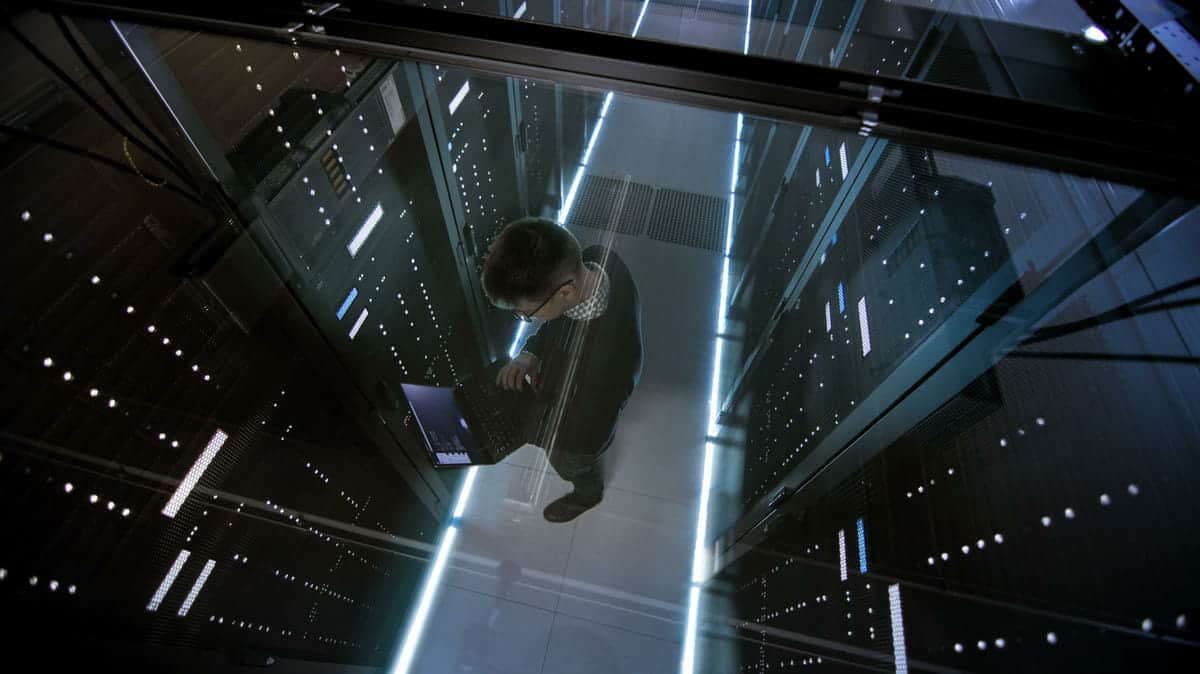-
The amount of data to be stored will rise from 32 ZB in 2018 to 180 ZB by 2025
-
Building an all-flash data centre requires an upgrade of the media
With explosive data becoming the core means of production and the catalyst for the digital economy, the data centre operators should evaluate all-flash options for the storage of the data, a press release issued by the APO Group on behalf of Huawei Enterprise said Monday.
“In the next five to 10 years, the amount of data to be stored will increase from 32 ZB in 2018 to 180 ZB by 2025,” the Huawei press release said. “We are at the dawn of an Intelligent Era, and data centre operators need to rise to the challenge. When building new data centres, they should evaluate all-flash options”.
Data centres are responsible for centralised storage, computing, and the exchange of data resources. And all-scenario media flash indicates that diverse types of workloads are stored in flash media, for example, HDDs are replaced by SSDs in various scenarios, such as enterprise core systems, HPC, video, and disaster recovery. This helps reduce costs and improve efficiency
“Offering the same capacity, SSDs reduce power consumption by 70% and space occupation by 50%,” Huawei, a leading global provider of information and communications technology, said. “This slashes the total cost of ownership (TCO) of data centres and helps them go carbon neutral”.
The company said that “building an all-flash data centre requires a comprehensive upgrade of the media, and also the integration of data centre resources and architecture reconstruction, in order to meet diverse future service requirements”.
Making a case for its all-flash data centre solution, Huawei said, it includes OceanStor all-flash storage, OceanProtect data protection, NoF+ storage network, and DME full-lifecycle intelligent O&M, provides an effective way to build a future green and energy-efficient all-flash data centre.
“It has been widely used in core service systems of various industries, such as finance, carriers, healthcare, and manufacturing, to better mine enterprise data value and accelerate the digital transformation journey,” the communications technology company said. “Along the way, emerging modern all-flash data centres are sure to achieve great things while pushing social and economic production to new heights”.








